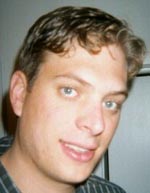This article has multiple issues. Please help improve it or discuss these issues on the talk page . (Learn how and when to remove these messages)
|
Jonathan Dory | |
|---|---|
 Jonathan Dory | |
| Born | 1975 (age 49–50) |
| Nationality | American |
| Education | B.S., Civil Engineering, Colorado State University |
| Employer | NASA/Johnson Space Center |
| Known for | Aquanaut |
| Title | Human Systems Integration Lead |
| Spouse(s) | 2007 (Harris, Texas) |
Jonathan Robert Dory is a Human Systems Integration Lead at NASA's Johnson Space Center (JSC) in Houston, Texas. [1] [2] [3] He is Branch Chief of NASA's Habitability and Human Factors Branch, part of the Habitability and Environmental Factors Division at NASA/JSC. [4] Dory supports crew safety and productivity on the International Space Station (ISS) Program by planning and assessing the on-orbit interior configuration of ISS, as well as performing anthropometric analysis of crew tasks. [5] [6] He contributes to the integrated operation of the Space Station while using 3D computer graphics and animation software as part of his daily work. [5] In July 2002, Dory served as an aquanaut on the NASA Extreme Environment Mission Operations 3 (NEEMO 3) crew. [6] [7] [8] [9]
